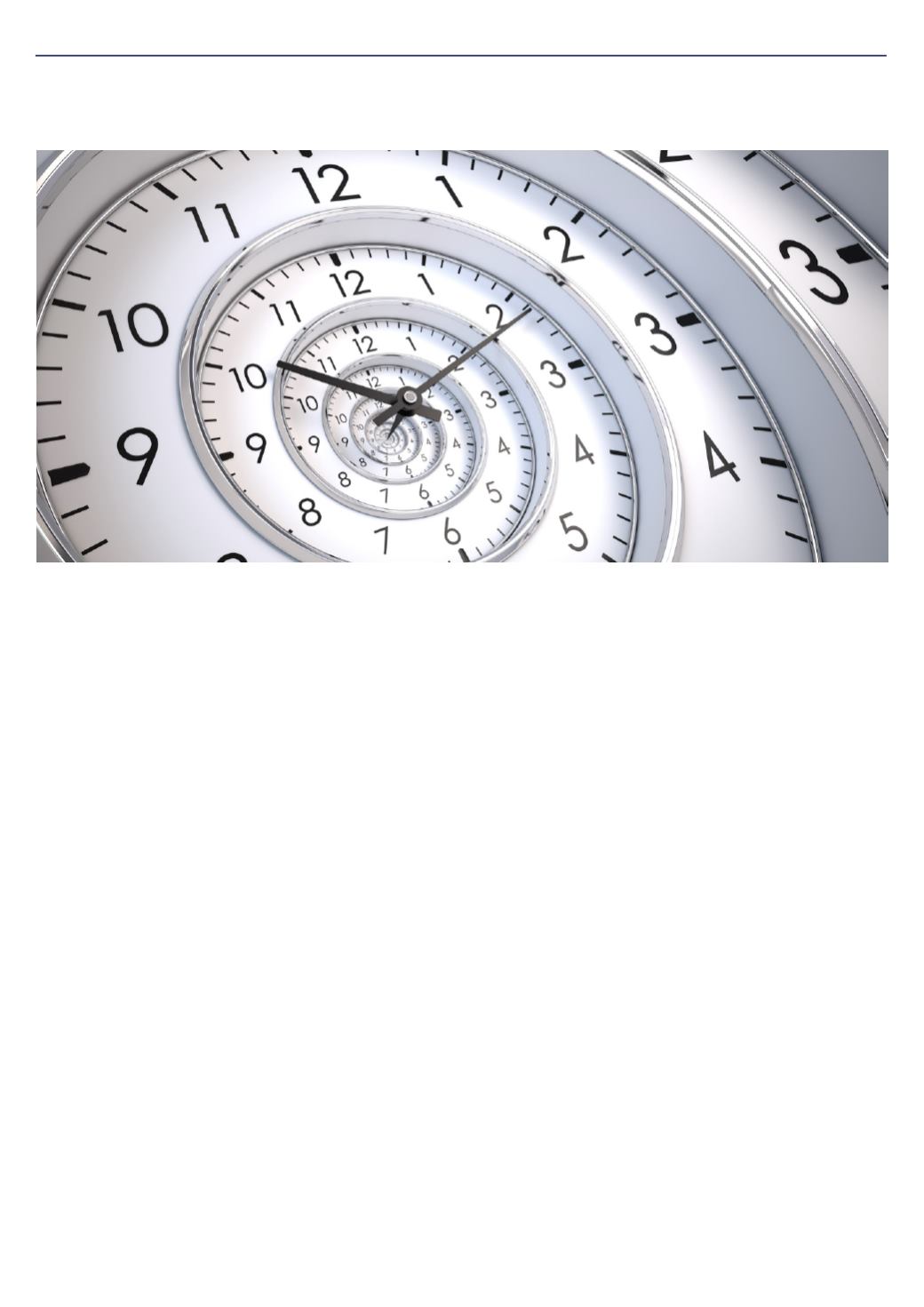
25
Irish Pensions Magazine Spring 2014
Review
I
t was in January 1964 that Bob Dylan sang the words
“the times they are a changin”……..
I joined the pensions industry 34 years ago back in
March 1980 when I took my first job in a life assurance
company. Income tax and inflation were high, inflation
was in the late teens, and investment returns were similar
with guaranteed returns of 60% after tax available over
5 years.
One of my first tasks was doing pension premium
calculations with a rate book and a desk top calculator.
Things seemed a lot simpler then. Computers were big
but did not seem to do a lot. Desktop monitors a rarity,
laptop computers, mobile phones and the internet
not even a twinkle in someone’s eye. Pension scheme
and member records were handwritten. There was no
voicemail or email. People seemed to have lots of time.
And to get something done you walked over and asked
a colleague.
Employer sponsored pensions were mainly defined
benefit and there were two ways of investing – with
profits deferred annuity or unit linked managed fund.
The sales person from, say, a mutual life assurance
company, owned by the policy holders and without a
united linked solution, spoke to clients of minimum
returns, annual and terminal bonuses, and guaranteed
annuity rates. The sales person from the unit linked
office – generally one who did not have a with profits
contract to offer – spoke of managed funds and the
disadvantages of paying for guarantees and a minimum
guaranteed annuity rate that would never be required
as market annuity rates, at the time, were about 17%.
Unit prices were calculated on a monthly basis and
phraseology such as investment options, fund choices
and switches, platforms, strategies, white labelling,
longevity, volatility, risk diversification and pension
adjustment orders was for another era.
In 1980, it was generally either with profits deferred
annuity or unit linked managed fund. What more did
one want or need to know?
People who joined big companies were in a defined
benefit pension scheme, retired at age 60 or 65, may
not have been required to make personal contributions,
tended to stay with their employer for their working
lifetime and drew their pension when they got to
retirement. Most getting the added security of some
level of post retirement indexation to help counter
inflation.
Explanatory booklets were simple, not many knew
about the pension scheme or its trustees, member
communication levels were low, the Pensions Act was
not on the horizon and there was a great emphasis on
trust – you got your pension when you retired and there
were death benefits for your family if you did not make
it to the retirement gate.
If you changed jobs mid-career the pension impact was
usually discovered at retirement.
Life seemed pretty simple in 1980. Everything seemed
to work. There was no need to worry. Why should you
invest any time in trying to understand? There was not
an awful lot to understand. When you got to retirement,
the pension that you expected was there.
Now computers are small but do big things with desktop,
laptop and hand held the order of the day. We have
mobile phones with cameras, calculators, recorders and
internet access. We can call people, text them or send
them an email. There is no need to walk over and talk
The Times They Are A Changing
by Tim Corcoran


